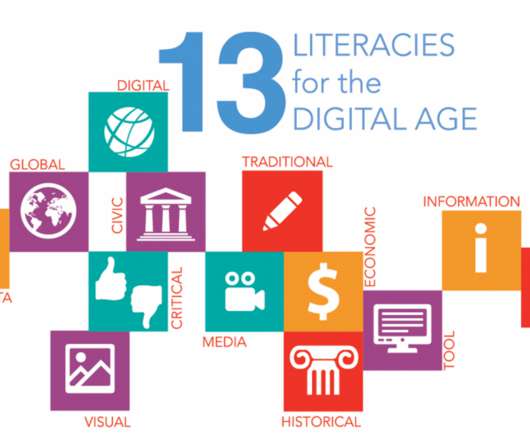Real-Time Versus Store-and-Forward Telehealth Technology
AMD Telemedicine
JANUARY 31, 2023
This article was originally published in July 2015 but was updated in January 2023. Patient experience, trust, and satisfaction are other significant benefits offered by live technology. For more information on live real-time telemedicine technologies and to begin developing your own custom solution, request a demo today.













Let's personalize your content